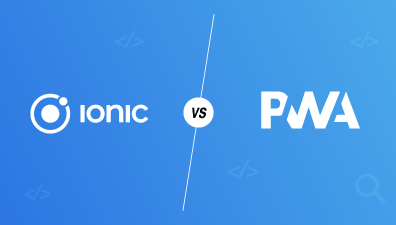As smartphones and mobile devices continue to dominate our daily lives, the demand for mobile apps has grown exponentially. However, developing and maintaining mobile apps can be costly and time-consuming for businesses and organizations. This is where Progressive Web Apps (PWAs) come in. They offer a new approach to mobile app development, combining the best of both worlds from web and mobile app development. So are progressive web apps the future of Web Applications?
In this article, we explore the future of PWA and its potential to transform the way we interact with mobile apps. We discuss the benefits of PWAs over traditional mobile apps, the advancements in functionality that PWAs offer, and the increased adoption of PWAs by businesses and organizations. We also compare the total ownership cost of PWAs and mobile apps in terms of development, storage space, and optimization for high ranking. Finally, we conclude by highlighting the potential of PWAs as a compelling alternative to traditional mobile apps.
Table of Contents
Perks of PWA that are driving the scenes
Native app-like experience
A native app-like experience refers to the experience of using a PWA that is similar to that of a native app. Native apps are applications that are designed specifically for a particular platform or operating system, such as iOS or Android. They are installed directly onto the user’s device and can access device features such as the camera, GPS, and accelerometer.
PWAs are web applications that use modern web technologies to provide features that were previously only available to native apps. PWAs can provide a native app-like experience by using features like push notifications, offline access, and installation on the user’s home screen. Additionally, they can provide fast loading times, smooth animations, and a seamless user interface, all of which contribute to a native app-like experience.

PWAs also have the advantage of being accessible from any device with a web browser, regardless of platform or operating system. This means that users do not need to download a separate app for each platform or device they use, and can access the PWA directly from their web browser.
SEO and discoverability
PWAs have several features that can help improve their SEO and discoverability.
- Fast Loading Times: PWAs are designed to load quickly, which is important for both user engagement and SEO. Google and other search engines prioritize fast-loading websites in their search results, which means that they can have an advantage over slower-loading websites.
- Responsive Design: PWAs are designed to work across all devices, from desktops to smartphones. This means that they can be accessed by a wide range of users, which can improve their discoverability.
- Secure Connections: PWAs are served over HTTPS, which provides a secure connection between the user and the server. This is important for both user trust and SEO, as Google has stated that HTTPS is a ranking factor in search results.
- Web App Manifest: The Web App Manifest is a JSON file that provides metadata about the PWA, including its name, description, and icon. This metadata can be used by search engines to provide more information about the PWA in search results, which can improve its discoverability.
- Linkability: PWAs are linkable, which means that they can be easily shared and accessed through a URL. This can improve their discoverability by making them more visible in search engine results and social media.
- Service Workers: Service Workers allow PWAs to work offline and cache content, which can improve their discoverability by making them accessible to users even when they are not connected to the internet.
No downloads and installations requirement
One of the key features of PWAs is that they do not require users to download or install anything to use them. This is because PWAs are accessed through a web browser, rather than a dedicated app store or platform.

Here are a few benefits of this feature:
- Easier Access: PWAs are much easier to access than native apps. Users can simply navigate to the PWA using their web browser, and they can start using the app right away. This eliminates the need to go through the app store or search for the app, which can be time-consuming and frustrating.
- Cross-Platform Compatibility: Unlike native apps, which often require separate development for different platforms (iOS, Android, etc.), PWAs can be accessed by users on any device or platform. This can greatly increase the reach and accessibility of the app, and can also help to reduce development costs and time-to-market.
- Improved User Experience: Because PWAs are accessed through the browser, they can be optimized for a wide range of devices and screen sizes. This can help to ensure that the app looks and performs well on all devices, which can greatly improve the user experience.
- Reduced Storage Requirements: PWAs do not take up any storage space on the user’s device. This can be particularly beneficial for users with limited storage space, or for businesses and developers who want to reduce the app’s storage requirements.
No manual updates requirement
PWAs have an automatic update feature that operates in the background without any manual intervention from the user. These updates are executed every time the user visits the PWA, removing the necessity of downloading and installing a group of updates at once. Nevertheless, certain PWAs may notify their users through push notifications about upcoming updates.
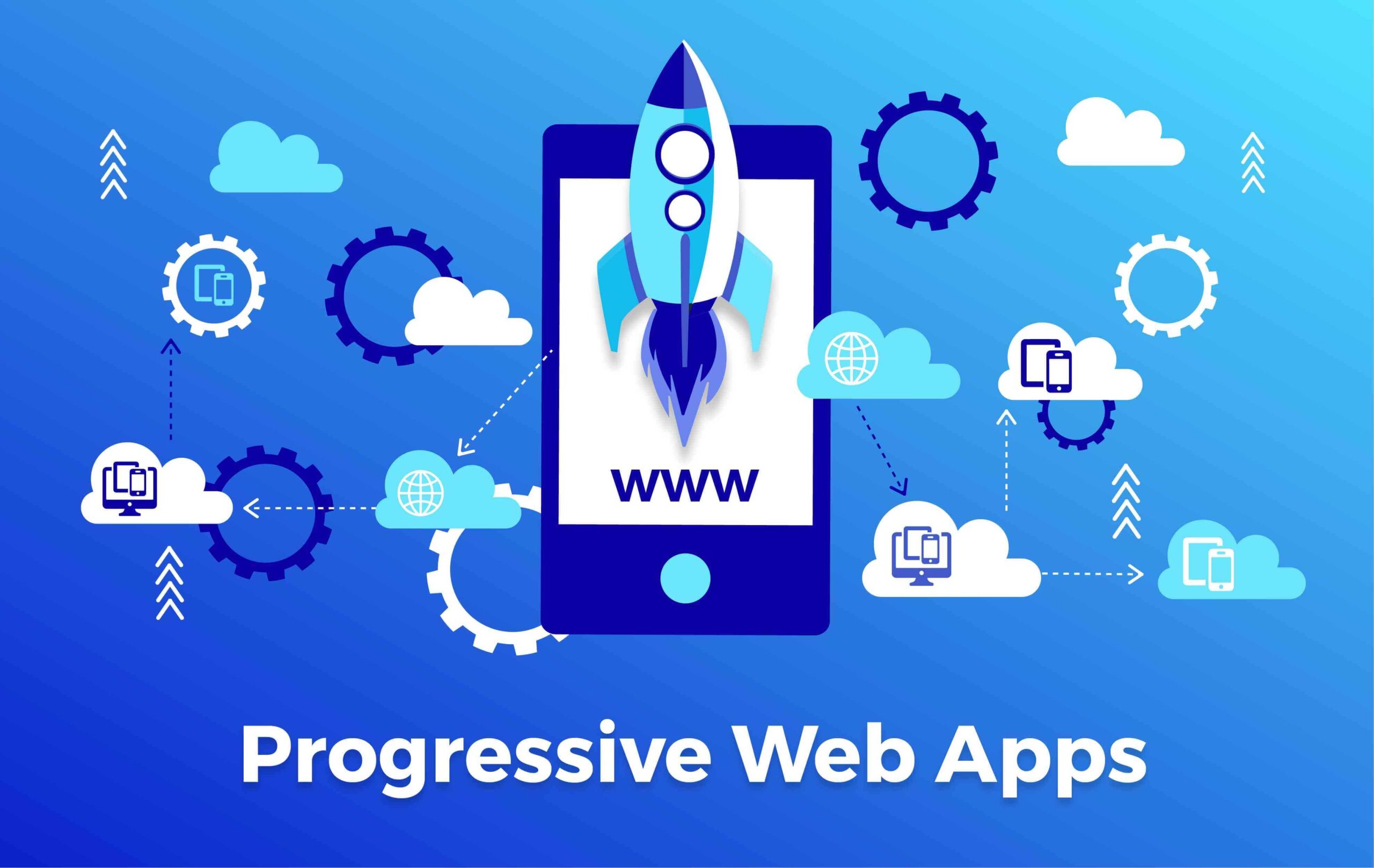
Here are a few benefits of this feature:
- Improved User Experience: Automatic updates can greatly improve the user experience by ensuring that users are always using the latest version of the app. This can help to eliminate bugs and other issues, and can also provide users with new features and improvements without requiring any action on their part.
- Reduced Development Costs: Because PWAs can update themselves automatically, developers do not need to spend as much time and resources on testing and deploying updates. This can help to reduce development costs and improve the speed at which updates can be released.
- Increased Security: Automatic updates can also help to improve the security of the app by ensuring that users are always using the latest, most secure version of the app. This can help to reduce the risk of security vulnerabilities and data breaches, which can be a significant concern for businesses and users alike.
- More Efficient Resource Allocation: By eliminating the need for manual updates, businesses and developers can allocate their resources more efficiently. This can free up time and resources for other projects or initiatives, and can also help to ensure that the app is always up-to-date and functioning properly.
Optimal push notification systems
Push notifications are an essential feature of many PWAs, allowing businesses and developers to engage with users and provide updates and information.
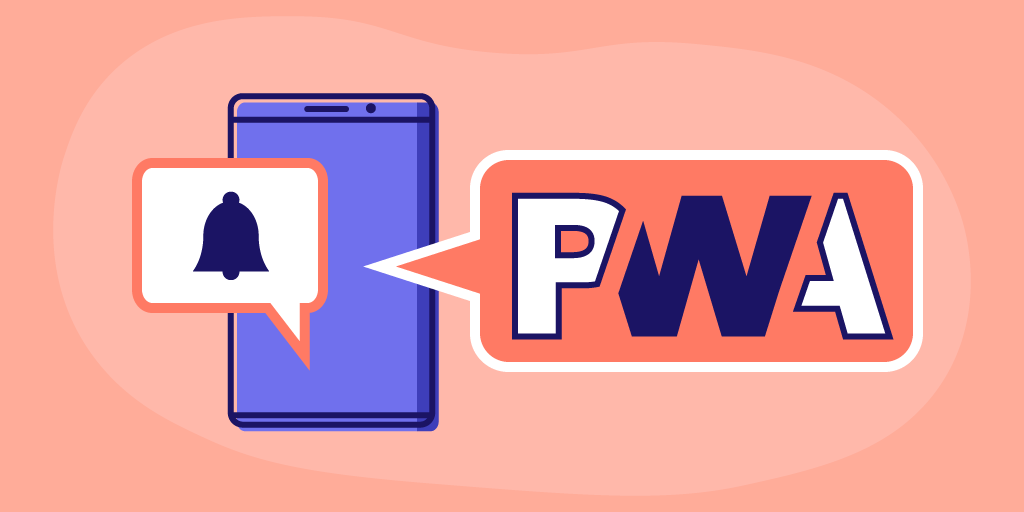
Here are some key features of push notifications:
- Personalization: Personalization is critical for effective push notifications. By personalizing notifications based on the user’s interests and behavior, businesses and developers can increase the likelihood of user engagement and action.
- Opt-In: Users should have the option to opt-in to receive push notifications, and it should be easy for them to opt-out if they no longer wish to receive them. This can help prevent notification fatigue and ensure that notifications are sent only to users who are interested in receiving them.
- Relevance: Push notifications should be relevant to the user and provide value. This can include notifications about new features, promotions, and other updates that are tailored to the user’s interests.
- Timing: Timing is critical when it comes to push notifications. Notifications should be sent at a time when the user is most likely to engage with them, such as when they are active on the app or have just completed a specific action.
Platform and device synchronization
Platform and device synchronization features are critical for a seamless user experience PWAs. Here are some key features related to platform and device synchronization in PWAs:
- Cross-platform compatibility: PWAs should be designed to work seamlessly across different platforms, such as desktops, mobile phones, and tablets, and across different operating systems, such as iOS and Android.
- Responsive design: They should have a responsive design that adapts to different screen sizes and resolutions, ensuring the user interface is consistent and easy to use across different devices.
- Data synchronization: PWAs should synchronize user data, preferences, and settings across different devices and platforms, enabling users to access their data and settings from any device.
- Offline access: They should have offline access capabilities, allowing users to access content and features even when they are not connected to the internet. This can be achieved through caching and other techniques that enable the app to work even when the network connection is lost.
- Cross-device notifications: PWAs should have cross-device notification capabilities, enabling users to receive notifications on different devices and platforms. This can help to ensure that users stay up-to-date on important information and updates, regardless of which device they are using.
Future of PWA
Integration with other technologies
Are PWAs the future for web applications? The future of PWA looks promising, with many exciting developments on the horizon. One of the key areas of focus for PWAs is integration with other technologies.
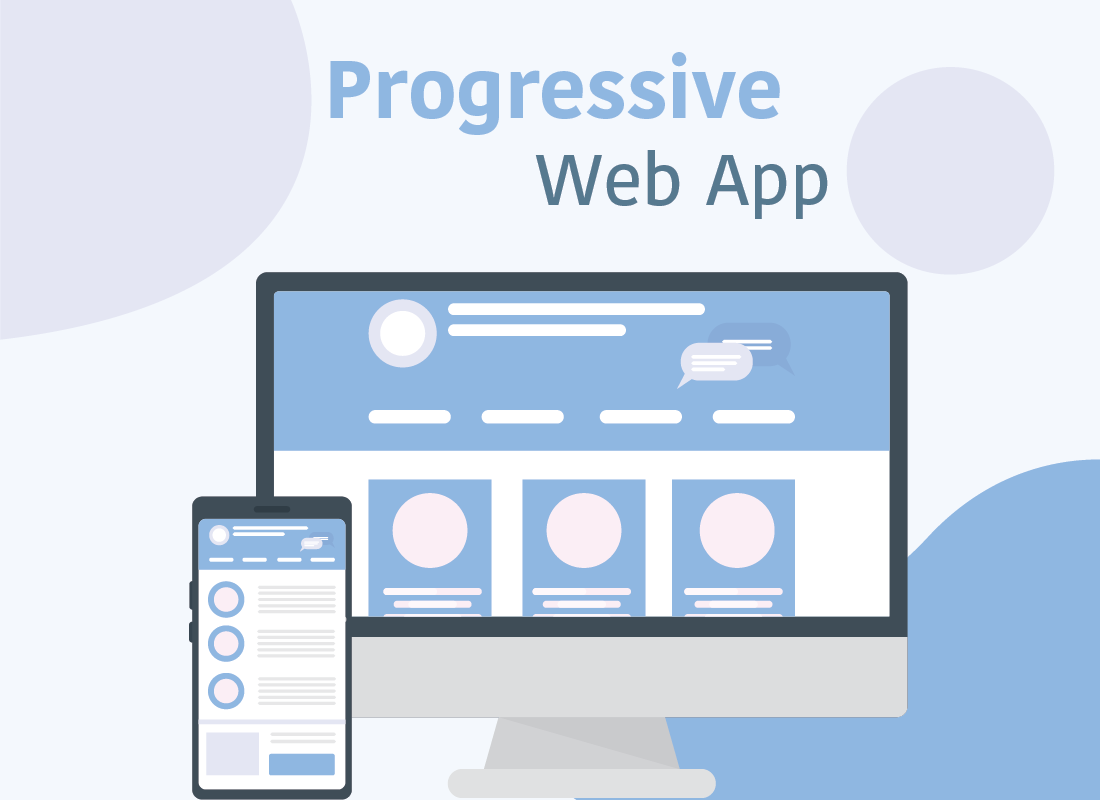
Here are some potential ways that PWAs could be integrated with other technologies in the future:
- Augmented Reality (AR) and Virtual Reality (VR): PWAs could be integrated with AR and VR technologies, allowing users to access immersive experiences directly through their web browsers.
- Internet of Things (IoT): Web applications could be integrated with IoT devices, enabling users to control and interact with their smart home devices and appliances directly through their web browser.
- Artificial Intelligence (AI) and Machine Learning (ML): PWAs could be integrated with AI and ML technologies, enabling businesses to provide more personalized and intelligent experiences to users based on their behavior and preferences.
- Blockchain: PWAs could be integrated with blockchain technologies, enabling secure and decentralized access to information and transactions.
- Voice Assistants: PWAs could be integrated with voice assistants such as Amazon Alexa and Google Assistant, enabling users to access information and perform actions through voice commands.
Increased adoption by businesses
The future of PWA is promising as PWA is increasingly being adopted by a wide range of businesses and organizations, including small and medium-sized enterprises (SMEs), enterprise-level companies, and public sector organizations.
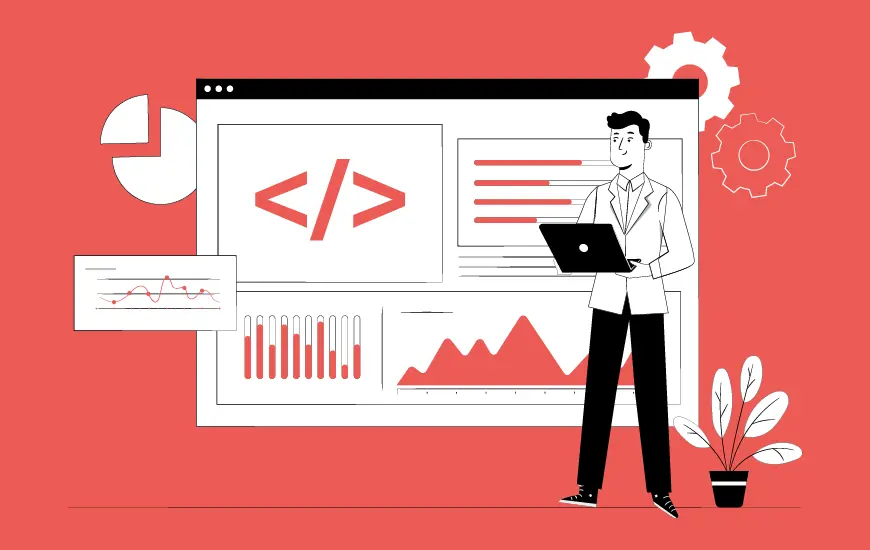
- Small and medium-sized enterprises: SMEs are turning to PWAs as a way to provide a seamless user experience across different devices and platforms, while also keeping development costs low. PWAs can be developed more quickly and at a lower cost than native apps, which makes them an attractive option for SMEs with limited resources. Additionally, PWAs can be discovered through web search engines and social media, which can help to increase their visibility and reach.
- Enterprise-level companies: These companies are also adopting PWAs as a way to provide a consistent user experience across different platforms and devices. PWAs can help to streamline operations and improve productivity by providing employees with access to business-critical applications and data from any device, anywhere. Additionally, PWAs can be customized to meet the enterprise’s specific needs, including integration with existing systems and technologies.
- Public sector organizations: Public sector organizations, including government agencies, educational institutions, and healthcare providers, are also adopting PWAs as they can help to improve access to public services and information by making it easier for users to find and access relevant resources. Additionally, PWAs can be developed quickly and at a lower cost than native apps, which makes them an attractive option for public sector organizations with limited resources.
Advancements in functionality
Advancements in functionality have also contributed to the increasing popularity of PWAs.
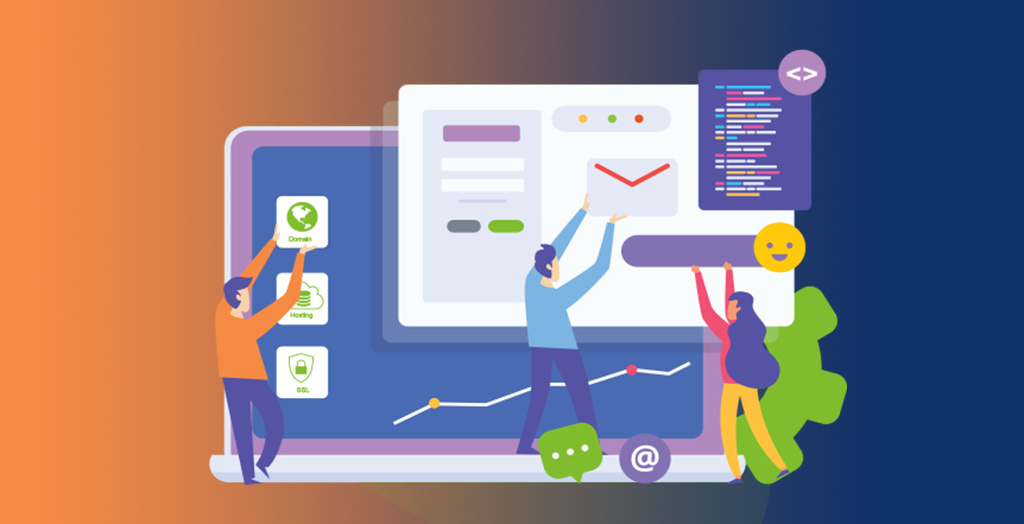
Here are some of the key advancements in functionality:
- Voice-enabled interfaces: With the rise of voice-enabled assistants like Siri and Alexa, PWAs are increasingly incorporating voice commands and interfaces to provide a more natural and intuitive user experience. This can help to improve accessibility for users with disabilities or limited mobility and make it easier to use these web applications in hands-free settings.
- Personalization and customization: PWAs can be customized to meet the specific needs and preferences of individual users, including their location, language, and browsing history. This can help to provide a more tailored and personalized user experience, which can increase engagement and loyalty.
- Enhanced security and privacy features: PWAs are designed to be secure and protect user data and privacy, with features such as HTTPS encryption, service workers, and web app manifest files. Additionally, PWAs can provide users with more control over their privacy and data-sharing settings, which can help to build trust and confidence in the app.
As PWAs continue to evolve and incorporate these and other advanced features, they will likely become an increasingly important part of the web and mobile app development landscape. The ability to provide a seamless and personalized user experience, combined with enhanced security and privacy features, will make the future of PWA bright and PWA is a compelling option for businesses and organizations looking to provide the best possible user experience to their customers and users.
PWA compared with mobile apps in terms of total ownership cost
Development cost
When it comes to total ownership cost, one of the key factors to consider is the development method used to create the app.

Here’s a comparison of PWAs and mobile apps in terms of development cost:
- PWA Development Cost: PWAs are built using web technologies like HTML, CSS, and JavaScript. This means that developers can use existing skills and tools to create PWAs, which can help to lower development costs. Additionally, PWAs can be developed once and then deployed across multiple platforms and devices, which can further reduce costs.
- Mobile App Development Cost: Mobile apps are typically built natively using platform-specific programming languages and development tools. This requires specialized skills and expertise, which can drive up development costs. Additionally, mobile apps may need to be developed separately for different platforms, such as iOS and Android, which can further increase costs.
Development time
Another factor to consider when comparing PWAs and mobile apps is the time required for the development. Mobile apps require more time and effort to develop due to their native development approach. Developers must use platform-specific programming languages and development tools, which can be more time-consuming and require specialized expertise. Whereas, the development time required for PWAs is typically shorter than that of mobile apps due to their use of existing web technologies and cross-platform development capabilities. This can make the future of PWA bright and a more time-efficient option for businesses and organizations looking to develop apps quickly.
Submission to app stores
The submission process for PWAs is typically simpler and faster than that of mobile apps, as there is no need to comply with app store guidelines and requirements. PWAs do not need to be submitted to app stores, as they are accessed through web browsers. This eliminates the need to comply with app store guidelines and requirements, which can save time and effort. Additionally, PWAs can be updated immediately without the need for app store approval.

In contrast, mobile apps must be submitted to app stores, such as the Apple App Store and Google Play, and must comply with their guidelines and requirements. This can be a time-consuming process that requires careful attention to detail. Additionally, updates to mobile apps may need to be reviewed and approved by the app store before they can be released.
Download and installation
Mobile apps must be downloaded and installed from app stores, which can be a barrier to entry for some users. Additionally, mobile apps can take up valuable storage space on devices, which can be a concern for users with limited storage capacity. In contrast, PWAs provide a more streamlined experience for users, as they do not require download or installation. The future of PWA looks promising as PWA is easier for businesses and organizations to reach a wider audience and increase adoption rates.
Storage space
PWAs do not take up storage space on devices, as they are accessed through web browsers. This can be an advantage for users with limited storage capacity, as they do not have to worry about deleting apps or files to make space for new content. In contrast, mobile apps must be downloaded and installed on devices, which can take up valuable storage space. Additionally, some mobile apps require regular updates, which can further increase the amount of storage space required over time.
In conclusion,
In conclusion, the future of PWA looks bright as businesses and organizations continue to adopt this technology. PWAs offer many benefits over traditional mobile apps, including seamless access through web browsers, no downloads or installations required, and automatic updates in the background. Additionally, PWAs offer advanced features such as push notifications, platform and device synchronization, and improved SEO and discoverability.
As technology continues to advance, PWAs are likely to evolve and incorporate new features such as voice-enabled interfaces, personalization and customization, and enhanced security and privacy. These advancements, combined with cost savings and user-friendly experience, make them an attractive option for businesses and organizations of all sizes. Subscribe to our newsletter now so that you won’t miss any updates from our team.




